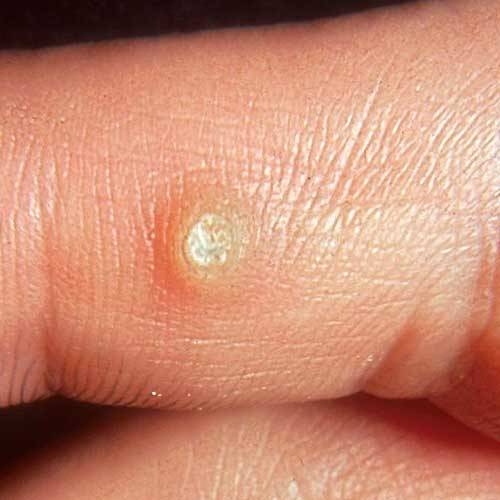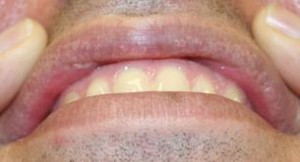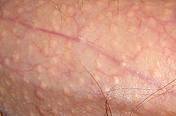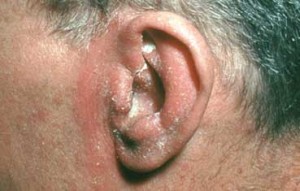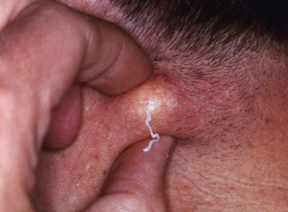Ah, the dreaded and unsightly wart. They can happen to anyone, at any time. I know that if you go to see an HCP, the will suggest getting it burned off in the office, but there are other options and some things that you can try at home to save yourself the co-pay and the time of getting to the office!
Why do we get warts?
All warts (which are flesh-colored, cauliflower like growths on the hands and feet) are caused by the Human Papilloma Virus (HPV) when they occur in your genital region, it’s a different ballgame because they can be sexually transmitted, but warts that occur elsewhere on your body are usually not sexually transmitted, but you can get them through a cut, scrape or opening of the skin. For example, people who bite their cuticles (the skin around the nailed) a lot tend to get warts, mostly because we touch a lot of things with our hands daily, and with openings in the skin, you have the perfect source for infection. Usually, with a normally working immune system, your body will kill off the wart within a six-month timeframe (roughly) anyway, but for young children, older adults, and those with weakened immune systems due to chronic disease or medications that cause immunosuppression.
Neat. How do I get rid of these warts faster?
If you are interested in the warts leaving sooner than your body might get rid of them, then here are some tricks that you can try at home:
*Please be certain that what you think is a wart, IS actually a wart, and if you are not sure, seek expert consultation.
– Duct Tape: (This is based on a study in 2002 published in the Archives of Pediatric and Adolescent Medicine which found a high rate of non-return of warts and fast removal) Place a piece of duct tape over the wart and leave it for 6 days, if it falls off then replace it. At the 6 day mark, soak the wart until it is soft and file with an emery board, then replace the duct tape. Repeat until the wart is gone.
–Salicylic Acid: (sold commercially as Compound W or Dr. Scholl’s clear away and studies have found it to be just as effective as burning them off) You will need to soak the wart to soften the tissue to allow the medication to penetrate it; apply before bed at night and wash off in the morning, then reapply for the daytime. Once or twice a week, file the area with a pumice stone (or a nail file), but don’t use it on any other area as the active HPV cells could possibly infect another area. Repeat this process for however long it takes for the wart to disappear (can take 2-3 months).
–Cryotherapy: (can be performed at your HCPs office, but now available for Over-the-Counter use as Dr. Scholl’s Freeze away) You combine two different chemicals onto an applicator, hold the applicator to the wart for around 20 seconds, then remove. The color of the wart will change, burn a bit, and the wart should fall off in 10 to 14 days. If it does not, then you can repeat the treatment.
**There are other methods such as using a banana peel or rubbing a bean against the wart to remove them, but there is no scientific proof that these methods work.
As I said earlier, you want to make sure that you are actually treating a wart, and use whatever method works for you. Obviously the duct tape method takes longer, but it is also a very cheap method to treat/remove warts. And the priciest and fastest method is the cryotherapy. Use whatever works for you, and if nothing you try is working, then you may have to go see your HCP for a more intense treatment.
Yours in Good Health
B

